I’ve recently had fun testing out a couple of new olloclip products: the ollocase iPhone case which lets you use any olloclip lens system without having to remove the iPhone’s case, and the Active Lens system which includes an Ultra-Wide lens and 2x Telephoto lens. In this in-depth review you’ll discover how they performed, and whether they’d make a useful addition to your iPhone camera bag.
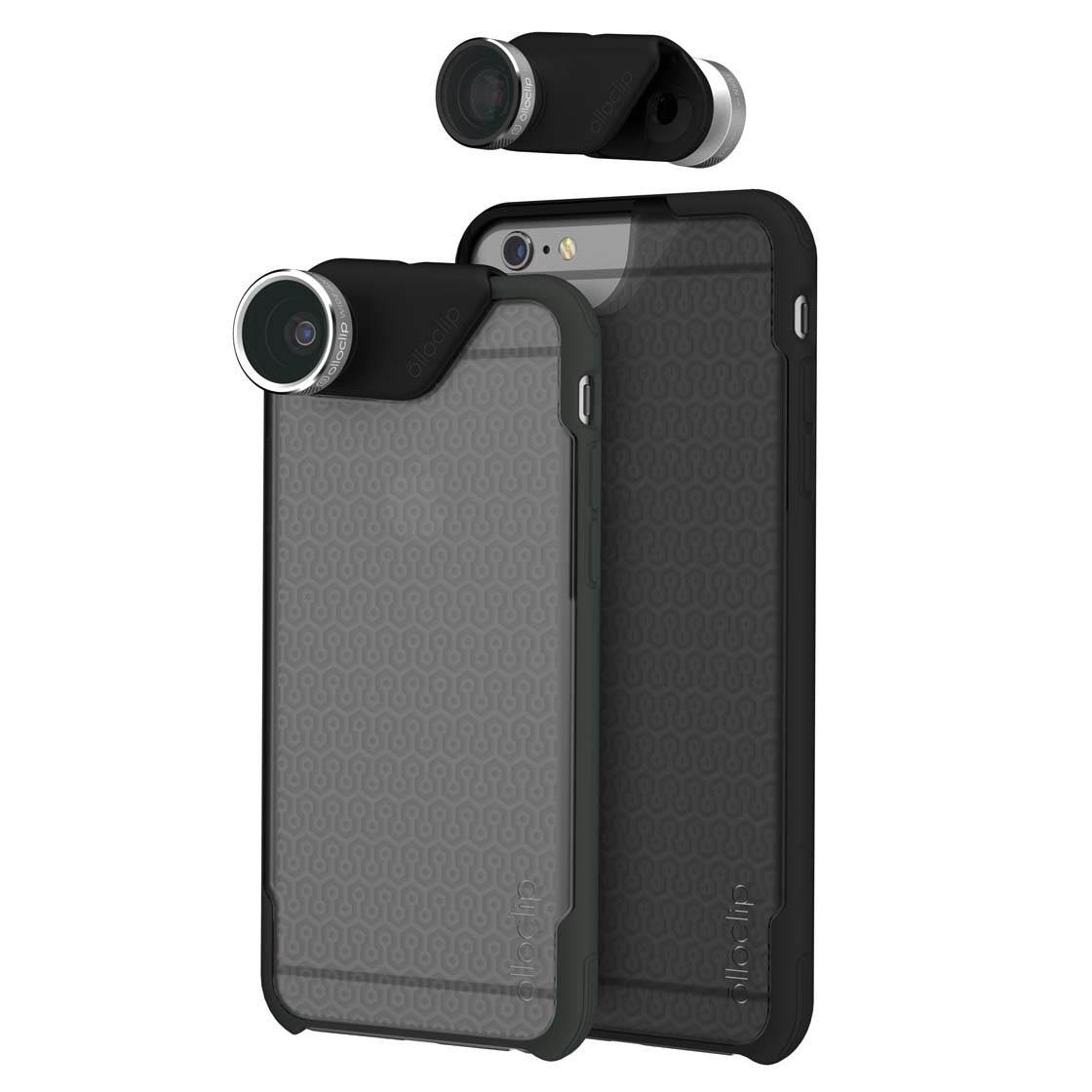
Protective ollocase
Up until recently, one of the major problems with using olloclip lenses was that you had to remove your iPhone’s protective case in order to attach the lens to your phone.
But the new ollocase from olloclip changes that. Thanks to its special cutout around the lens, you can now attach the olloclip lenses without having to remove the case from your phone.
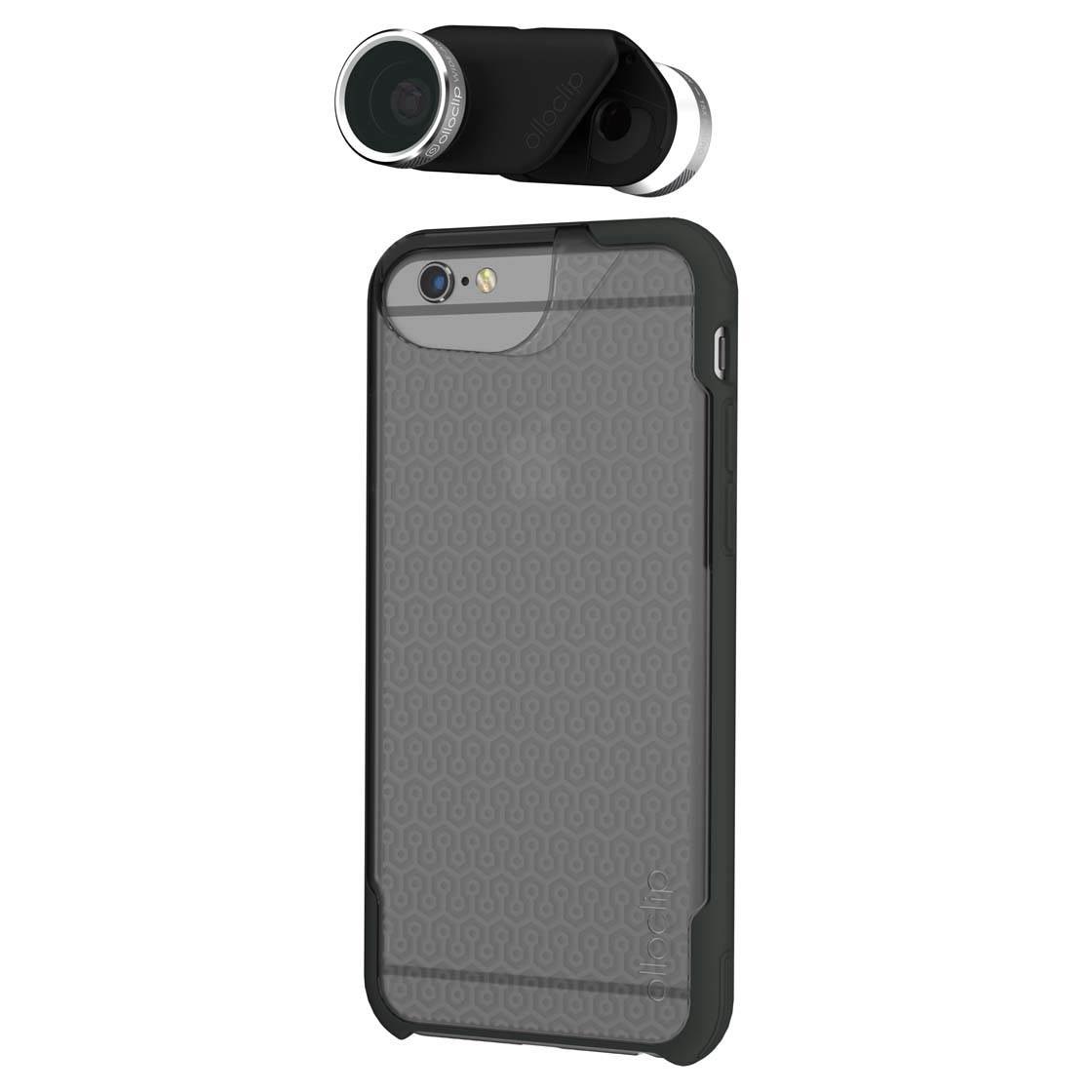
The ollocase is available for iPhone 6 and 6 Plus, and comes in 4 color-ways: Matte Smoke-Black, Matte Clear-Dark Gray, Clear-White, and Clear-Orange.
The attractive case features a transparent design on the back, along with a shaped cutout that allows any olloclip lens system to be quickly and easily attached.
The rubber bumpers/edges have apertures in all the usual places, giving you access to the mute button, headphone socket and power socket, as well as enabling the built-in microphone and speaker to work as normal. The two volume buttons and the power button are covered, but also work as normal.
This case feels sturdy yet slimline, and the rubberized bumpers prevent it from slipping out of your hand. The bumpers have a raised bezel which prevents the screen or lens from being scratched when placing the phone on a flat surface.
Note that olloclip’s lens systems usually come with special insert clips inside the lens adaptor. To use the lens with the ollocase, you must first remove this insert.

I’m really impressed with the quality of the ollocase. I’ve had it on my iPhone for several weeks and it’s definitely the best case that I’ve tried.
The quality is excellent, it protects your phone in all the right places but without feeling too bulky, and it’s not slippery like some other more plasticky cases. And of course, you can easily attach any olloclip lens in seconds without having to remove the case.
The ollocase costs $29.99, but if you purchase it with any olloclip iPhone 6/6 Plus lens system the price is reduced to $19.99.
olloclip Active Lens
The new olloclip Active Lens follows the same lens system design as all other olloclip lenses, in that it has a reversible adapter that slots over the iPhone’s built-in lens.

This allows two different lenses to be mounted on the adapter – in this case, a 2x Telephoto lens on one side and an Ultra-Wide Angle lens on the other.
olloclip are marketing this as an “adventure lens” which basically means that it’s a good combination of lenses for outdoors and landscape photography.

Switching lenses is as simple as pulling the adaptor off the iPhone, flipping it around, and slotting it back onto the phone. And of course if you’re using the ollocase, you don’t have to remove the case to attach the lenses. The lens clips into place fairly positively and stays there nicely.
But a fairly serious shortcoming is that the lens body covers up most of the iPhone’s native Camera app toolbar on the screen (including Flash, HDR, Timer and front/back camera selector). This prevents you from being able to tap on these options on your screen.
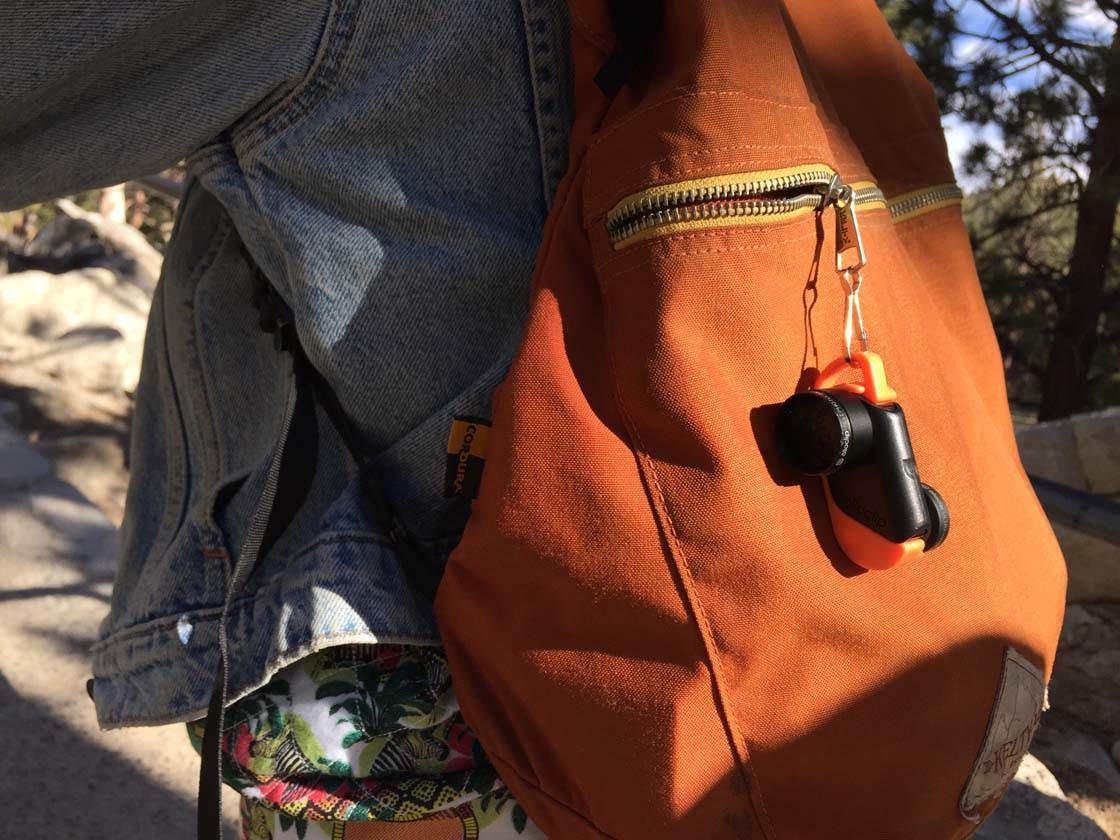
The lens comes with a pendant and lanyard which you can slot the lens system into, allowing it to be carried safely around your neck or shoulder, or even clipped onto your bag. This is very welcome because the lens system is bulky enough to be uncomfortable in the pocket.
You can purchase the olloclip Active Lens, which includes a 2x Telephoto lens and Ultra-Wide lens for $99.99.
I’ve been testing out the Telephoto and Ultra-Wide lenses of the Active Lens, so let’s take a look at the results.
2x Telephoto Lens
A telephoto lens allows you to get closer to the action without physically moving closer. In the case of this 2x telephoto lens, the subject appears twice as close in your viewfinder.
Telephoto lenses are useful when you literally can’t get closer because of obstacles like fences, roads, cliffs, etc. But they’re also great for when you don’t want to disturb your subject, such as in wildlife photography.
In the example below I was shooting from across a carpark and didn’t want the the cars to be included in the shot. I could have moved closer but my shooting angle would have been much lower and the green foliage in the foreground would have blocked out a lot of the beautiful castle walls.

So I attached the Active Lens with the 2x Telephoto lens facing forwards, and shot from the exact same spot. As you can see, it allowed me to effectively zoom in on the scene, getting a much closer view of the castle.
The image shot with the telephoto lens is suffering with a lack of sharpness though, particularly in the corners. Here’s a larger version of the photo so that you can see what I mean. The corners have some definite blurring of detail.

This is a common problem with many iPhone lenses, so it’s important to consider whether this will be a major issue for you. It does degrade the image quality, but if the most important thing is getting a closer shot of the subject then you might be able to live with this compromise.
One solution would be to crop the edges of the image in post-processing to remove the blurred edges, but of course, you’ll be reducing the image size by doing this.
A side-effect of using telephoto lenses is that it has a “flattening” effect on the subject. This isn’t usually a problem though, and in fact it helps to cancel out the unnatural distortion you sometimes get when using the built-in iPhone lens, which is, by design, a wide angle lens.
The flattening effect is most noticeable with close-up shots of people’s faces. Have you ever noticed that when you take a close-up portrait photo, the subject’s features can appear distorted? Often their nose can appear unnaturally large.
Wide angle lenses aren’t very flattering for portrait photography. Professional portrait photographers who use DSLR cameras typically use a telephoto or zoom lens for this very reason – it produces much more flattering portrait shots than a wide angle lens.
Below you can see two photos of my model, Ben. The left-hand image was taken with the built-in iPhone 6 lens. Notice that his face is somewhat distorted and his nose seems enlarged – this is because the built-in lens is fairly wide angle.
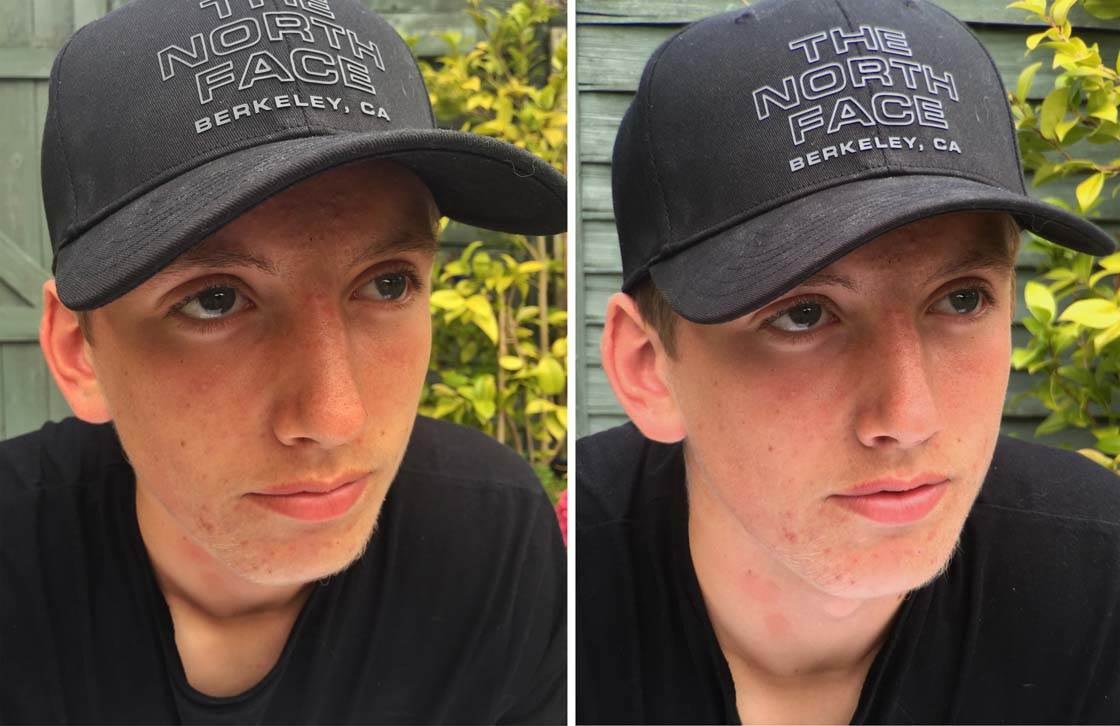
The right-hand image was taken with the olloclip 2x Telephoto lens. The flattening effect of this lens has fixed the distortion and his facial proportions are more life-like and flattering.
Below is the larger version of the image taken with the telephoto lens. The quality of this close-up photo turned out a lot better than the one of the castle which was taken from a distance.

The other obvious benefit of using a telephoto lens for portrait photography is that you don’t have to get so close to your subject. It can be quite disconcerting for your subject to have an iPhone so close to their face when taking their picture!
Using a telephoto lens allows you to shoot from further away, which helps your subject to relax. It’s also great for taking candid shots where you want to be a bit more discreet, such as in street photography.
Ultra-Wide Lens
Sometimes you just can’t squeeze everyone or everything into the shot, even with the fairly wide angle lens of the iPhone. But with this Ultra-Wide lens from olloclip you can get much more of the scene into the frame.
Wide angle lenses are great for landscape photography and other situations where you can’t physically stand any further back. In the examples below you can see how much more of the scene can be included in the shot.

The left-hand image was shot with the iPhone’s built-in lens, and the right-hand one with the Ultra-Wide lens from the olloclip Active Lens system.
With all wide-angle lenses, and especially ultra-wide or fisheye lenses, you do get a significant amount of image distortion. As you can see in the larger version of the ultra-wide angle photo below, you get a curving effect which makes straight lines appear curved.
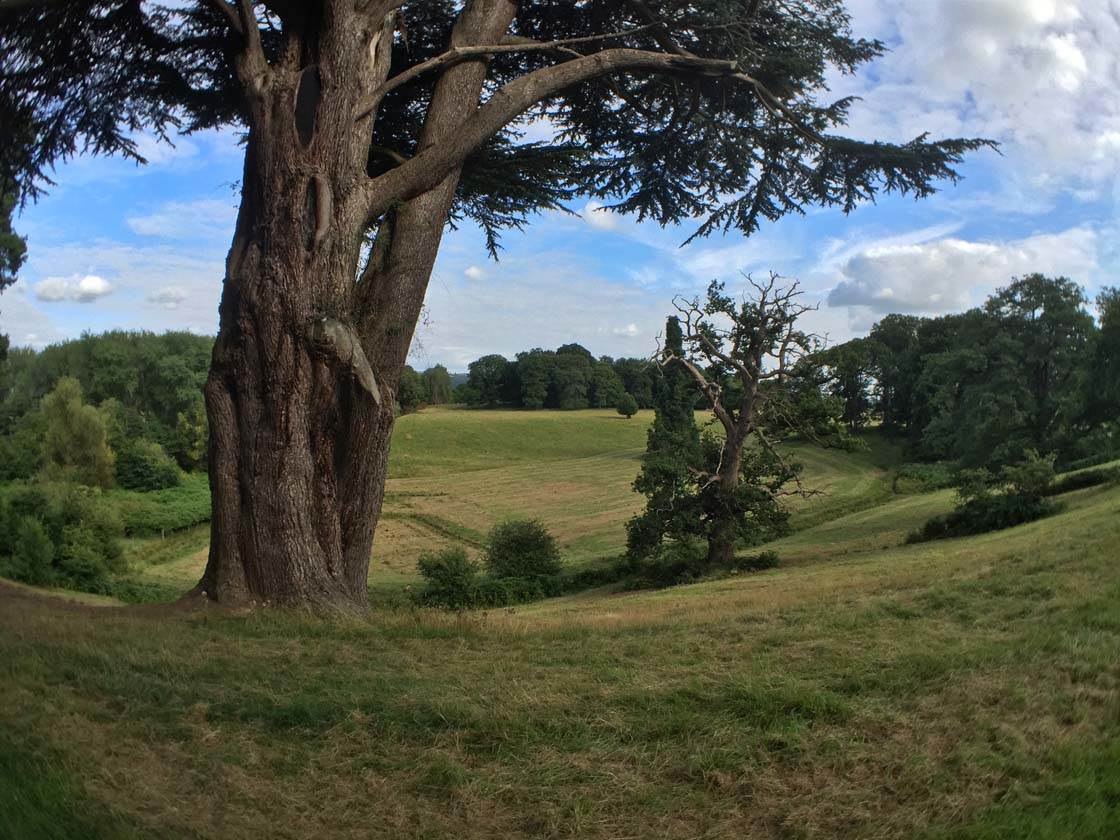
Generally speaking this isn’t desirable, but it’s the price you pay when using this kind of ultra-wide angle lens. You’ll find the distortion to be more noticeable the closer your subject is.
Lens Comparisons
As a final illustration of the effect these lenses have on your subject, let’s compare the olloclip 2x Telephoto lens, the Ultra-Wide lens and the standard iPhone 6 lens when shooting the same subjects.
Here’s a good example to show you how different lenses distort your subject in different ways. I’ve used a square tile as my subject so you can easily see how the shape of the subject becomes distorted with wide angle lenses.

The first photo (shown larger below) was taken with the standard iPhone lens which is fairly wide angle. Notice the straight edges of the tile have a slight curve to them.
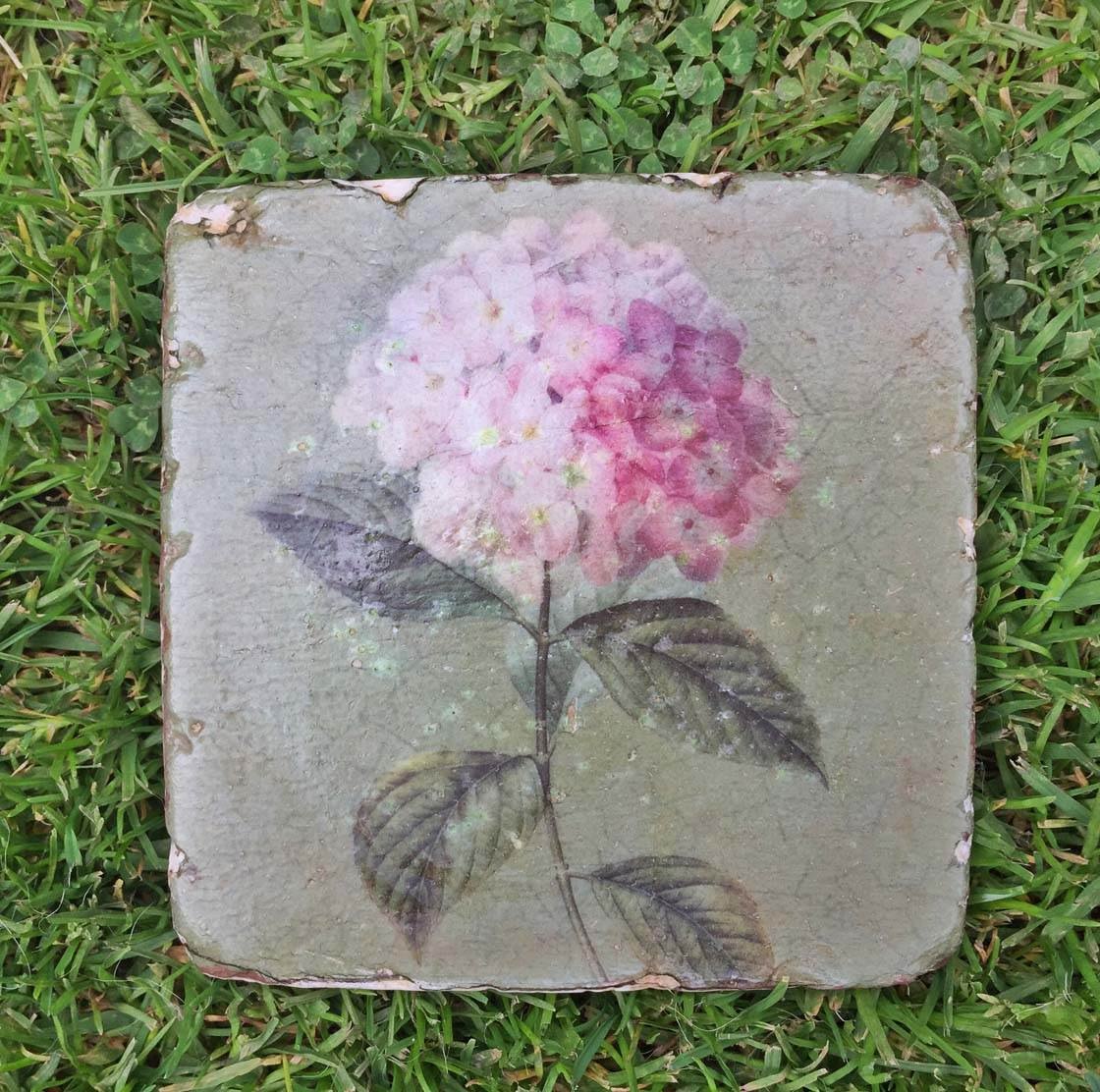
The second photo (shown below) was taken with the olloclip Ultra-Wide lens. In this image the curvature of the edges is far more pronounced and it looks like the subject is bulging in the middle.
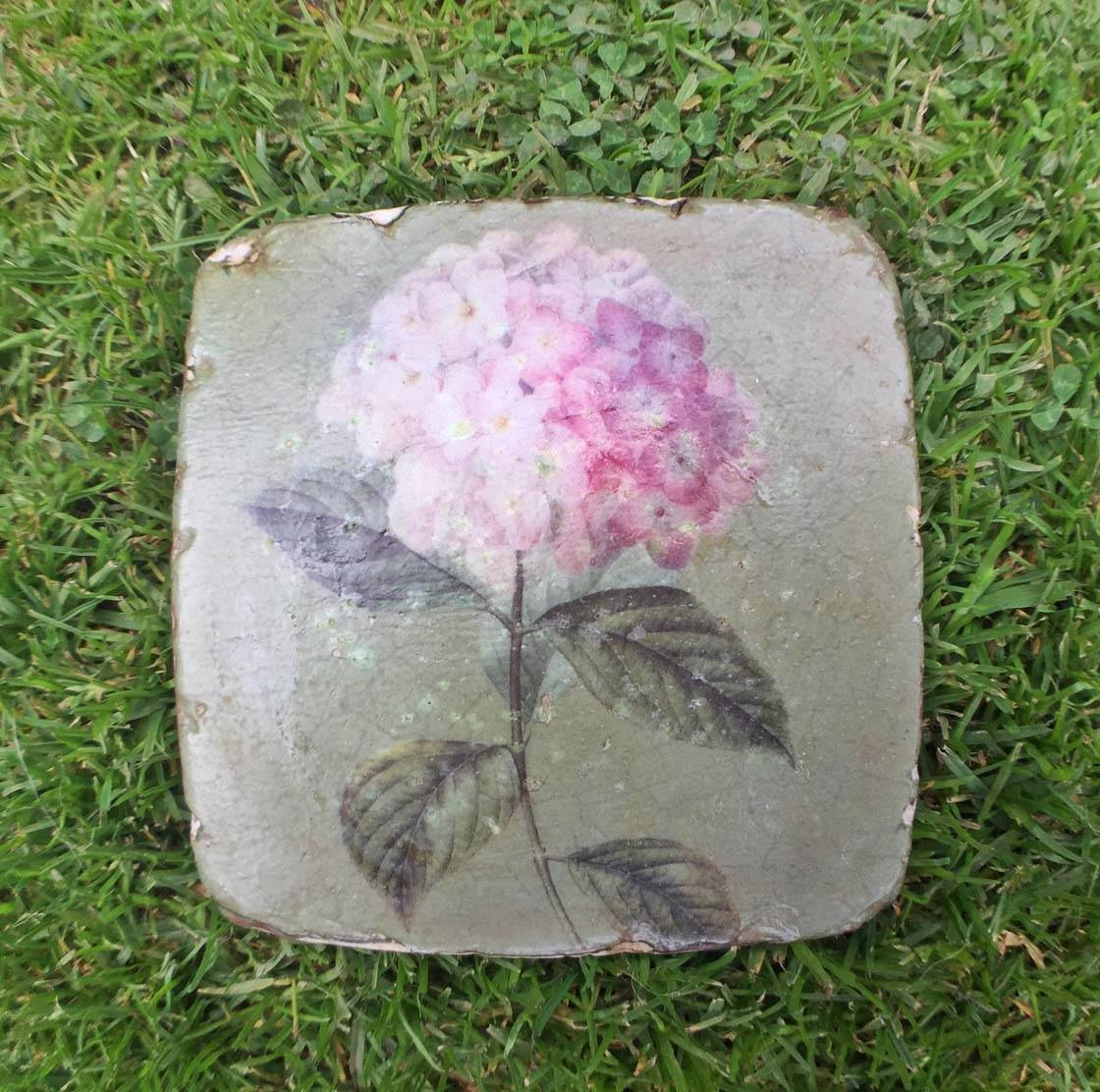
The third photo (shown below) was taken with the olloclip 2x Telephoto lens. Notice how the curvature has been corrected – the edges appear straight and the tile looks flat. A telephoto lens will cancel out the wide angle effect of the built-in iPhone lens.
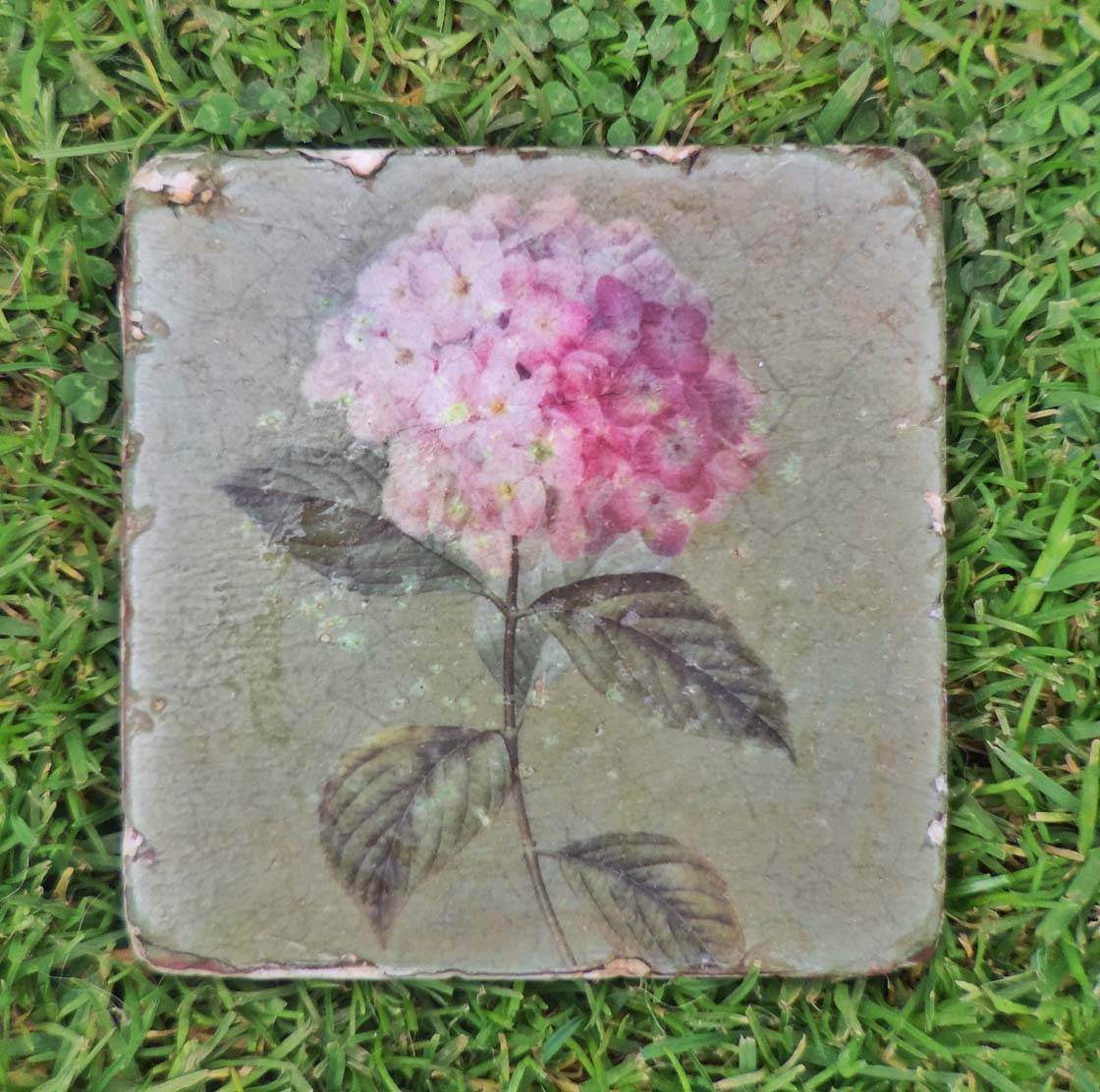
I hope the above examples have demonstrated how wide angle and telephoto lenses affect the way your subject appears, and that the olloclip 2x Telephoto Lens can solve the problem of wide angle lens distortion. This is particularly useful for portrait photography and perhaps where you want a more accurate record of what your subject looks like.
In the next comparison, you can see three different versions of the entrance to a castle. Each photo was shot from the exact same location using the olloclip Ultra-Wide lens (left), the built-in iPhone lens (middle), and the olloclip 2x Telephoto lens (right).

Below you can see the larger versions of the above images, giving a better indication of the quality, distortion and edge-blurring.
First we have the Ultra-Wide lens which creates a super-wide view of the scene but with some distortion/curving noticeable, especially on the left-hand side of the castle:
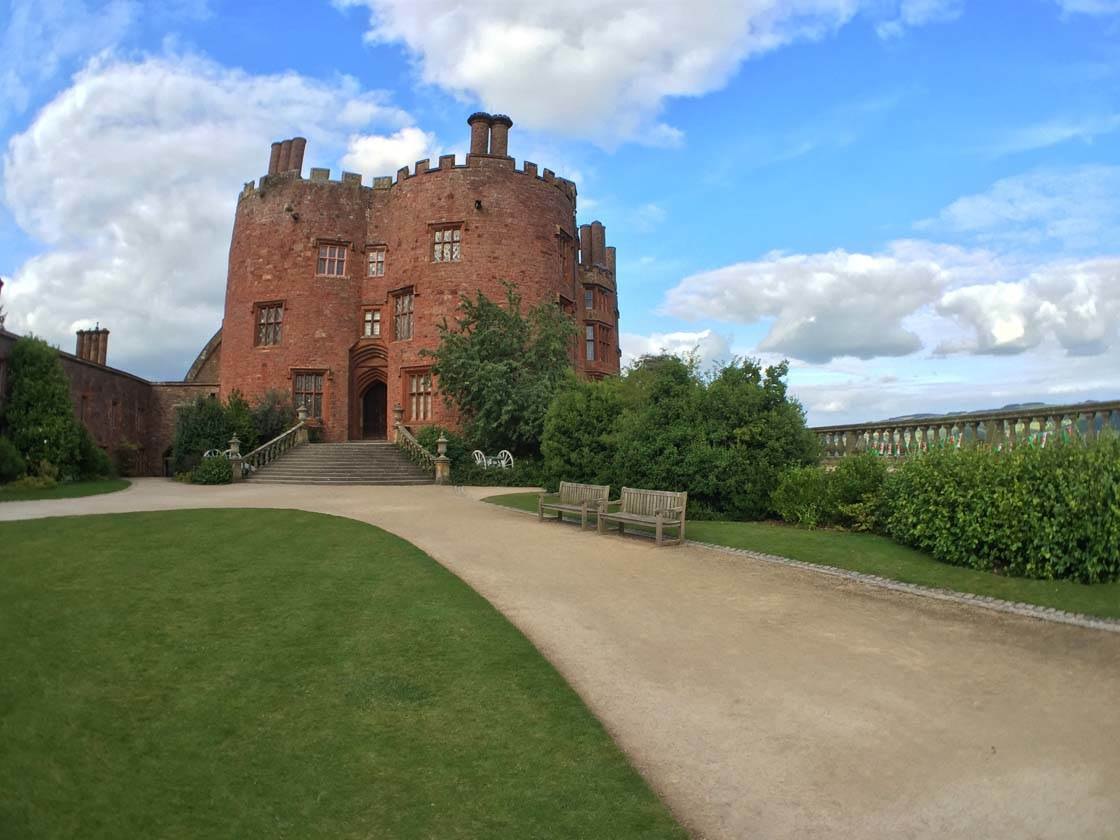
Next is the built-in iPhone lens:

And finally, the 2 x Telephoto lens which allowed me to get a much closer view, but with some blurring around the edges:
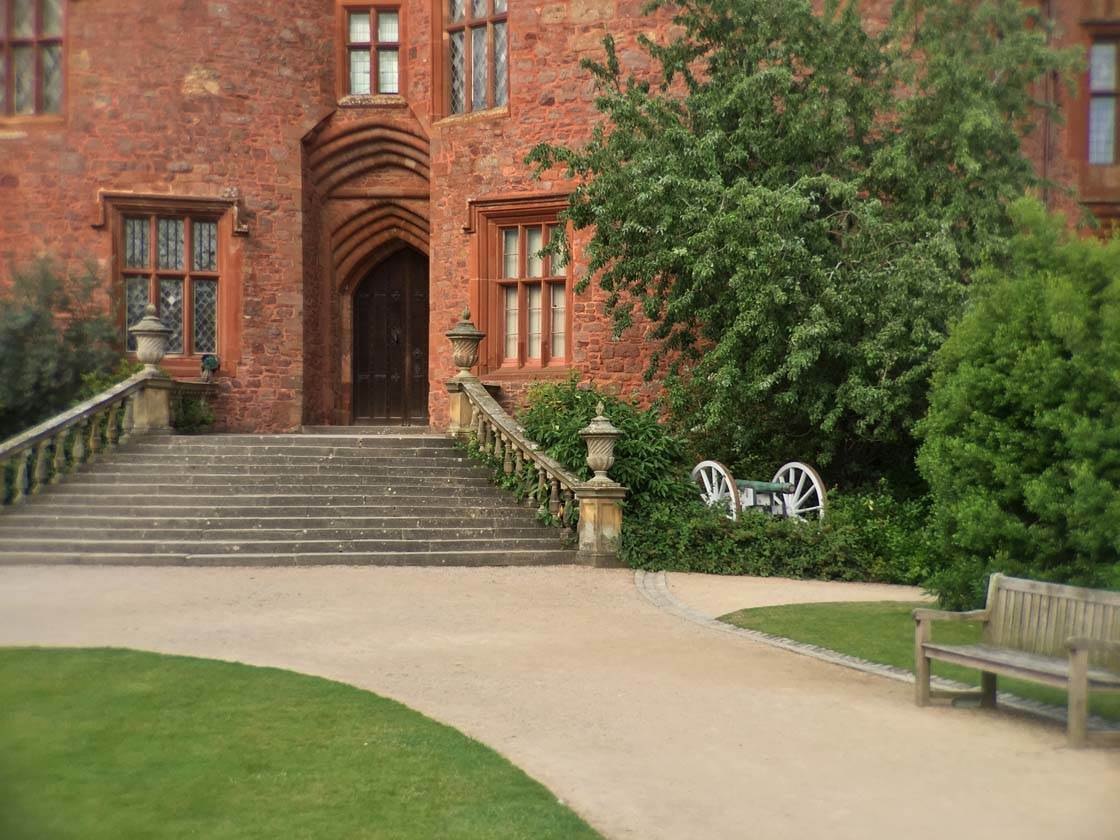
Below is one more example comparing the effect of the three different lenses: Ultra Wide, built-in iPhone lens and 2x Telephoto respectively. Again, all photos were taken from the exact same position.
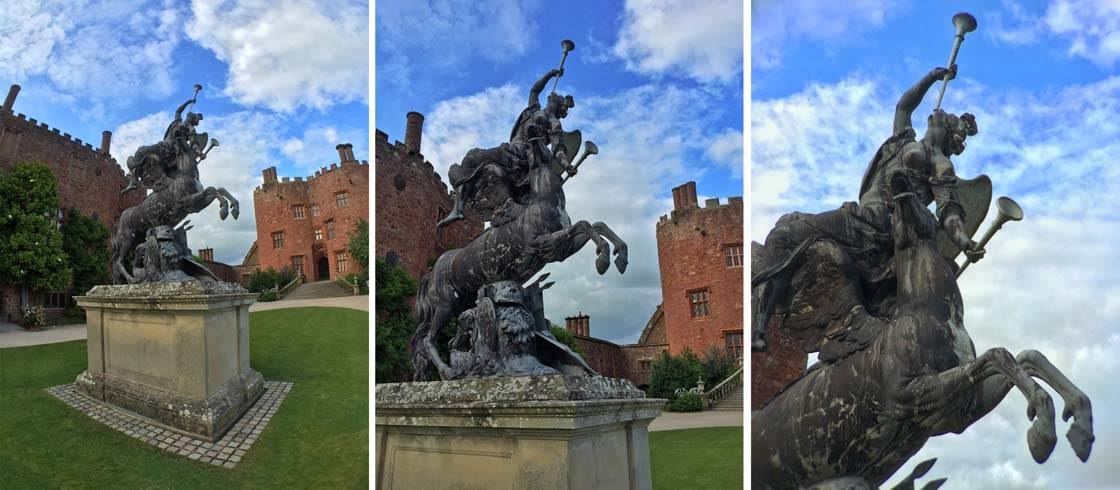
Here are the larger images, starting with the the Ultra-Wide lens:
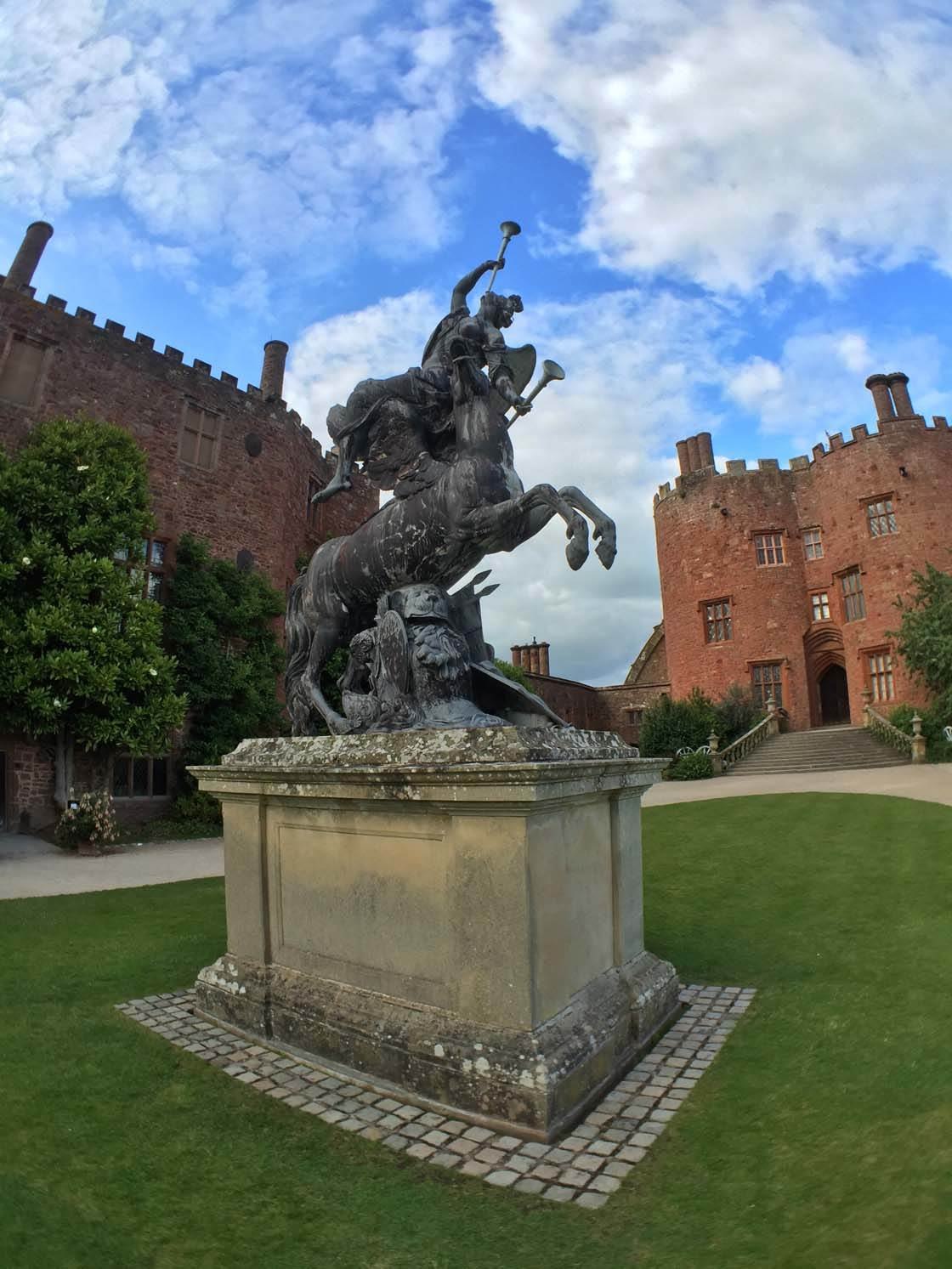
The next photo was taken with the built-in iPhone lens:

And below is the image shot with the 2x Telephoto lens:
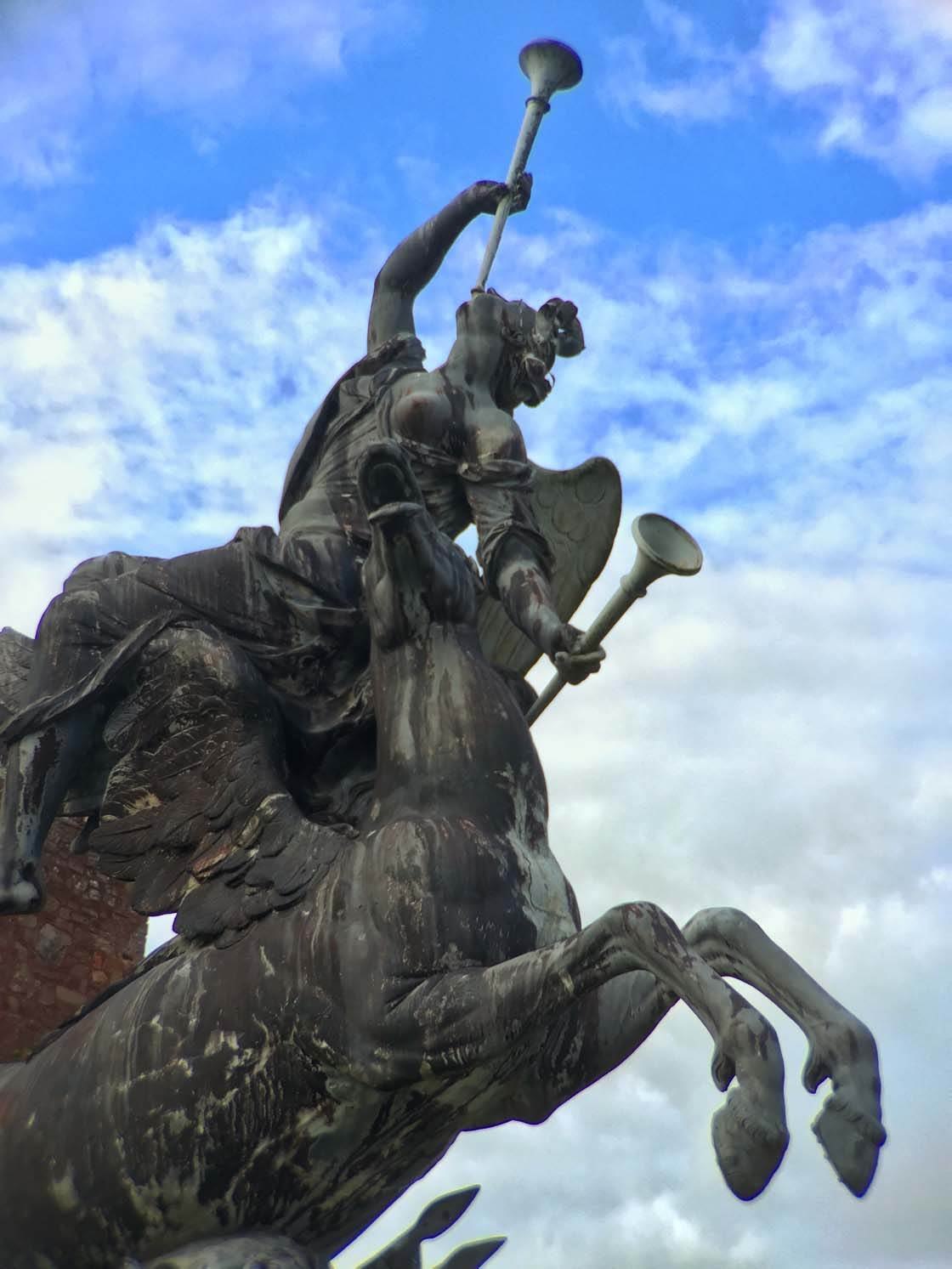
It’s fair to say that the blurred corners and purple “fringing” on the horse’s hooves in the last image (taken with the 2x Telephoto lens) doesn’t look good.
But when used carefully, i.e. ensuring the most important parts of your subject aren’t in the corners of the frame, you can get some good results with these lenses, and they’ll definitely offer you more options when shooting distant subjects.
Lens Care
Just a bit advice about caring for your olloclip lenses. I got a bit lazy and forgot to put the Active Lens back in the drawstring case provided.
Dust from my pocket quickly found its way onto the outside of the lenses, but also the hard-to-reach side of the lenses (the sides that face directly onto the iPhone’s body).
So for best results, I would recommend always replacing the lens caps and keeping your olloclip lens in the protective bag when not in use.
Conclusion
If you already own a set of olloclip lenses and have the iPhone 6 or 6 Plus, I would highly recommend that you buy the ollocase. It’s a really good quality case and will keep your iPhone safe when using the olloclip lenses.

As for the Active Lens (Ultra-Wide and 2x Telephoto) – it does increase your creative options, but the downside is the blurring around the edges that you get with many add-on iPhone lenses.
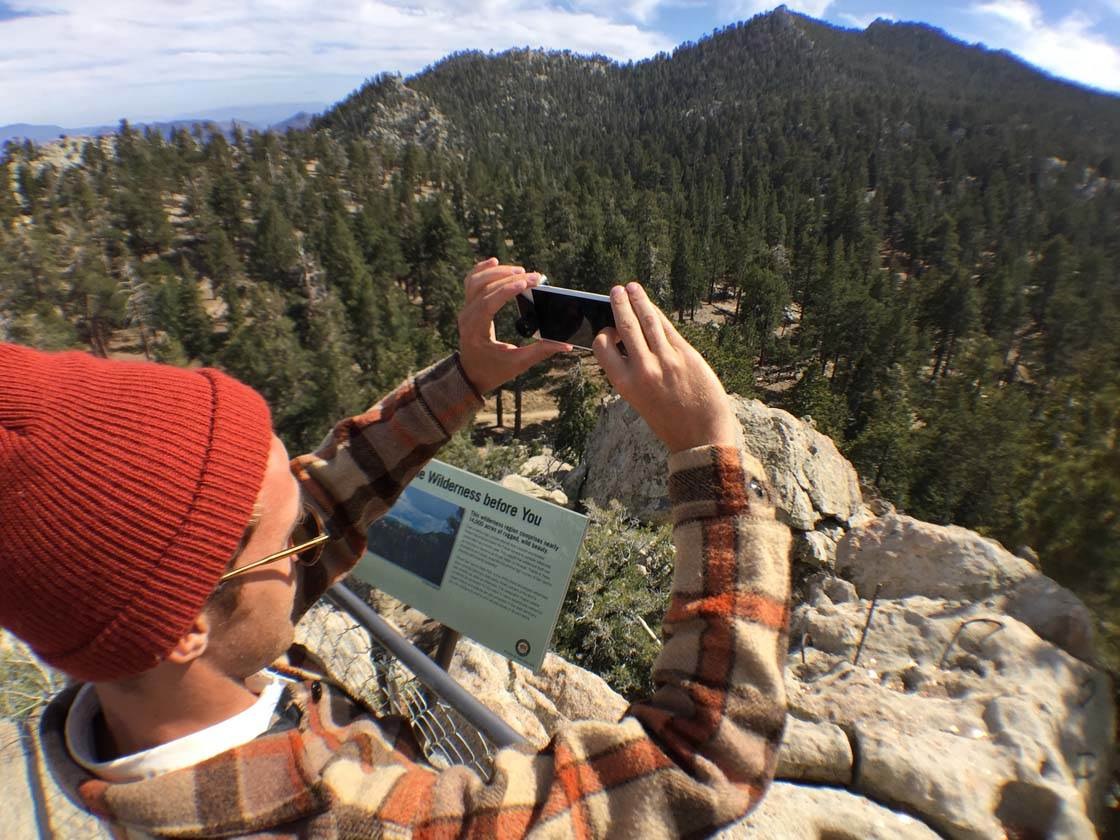
You can get some good results when shooting close-up portraits with the 2x Telephoto lens, eliminating the unflattering distortion that you get with wide-angle lenses.
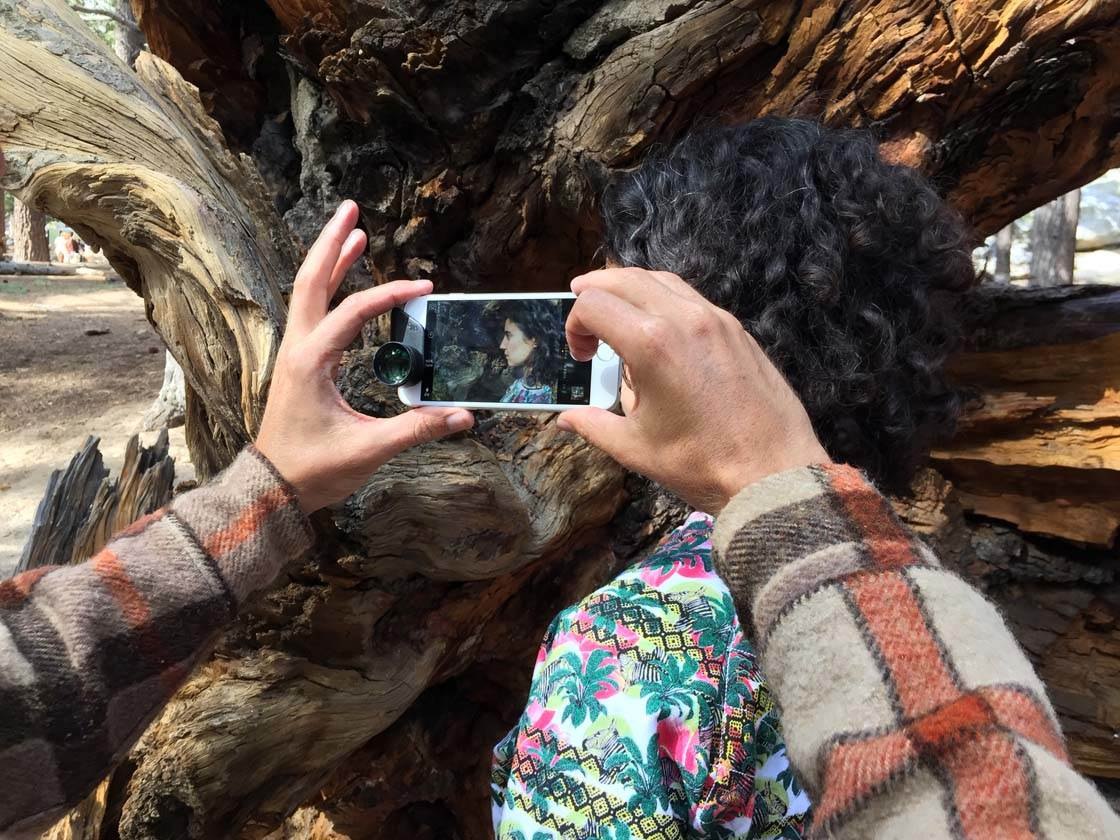
And the Ultra-Wide lens certainly lets you get a lot more of the scene into the frame, but with some curved distortion and slight edge-blurring.
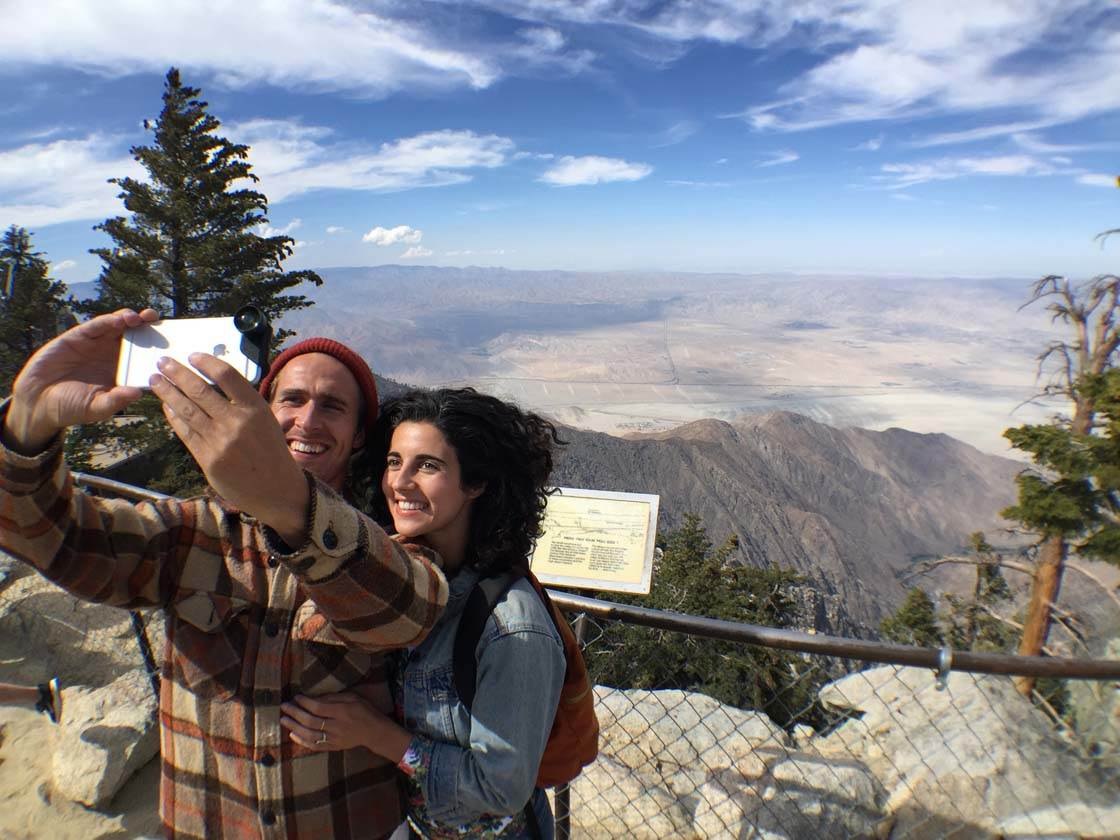
Where To Buy olloclip Case & Lenses
The ollocase, olloclip Active Lens, and other olloclip lenses can all be purchased from olloclip’s website: www.olloclip.com
The ollocase costs $29.99, but if you purchase it with any iPhone 6 or 6 Plus olloclip lens system, the price is reduced to $19.99. The Active Lens sells for $99.99.
You can also purchase the ollocase and Active Lens from Amazon.
UPDATE: Since the launch of the iPhone 7 and 7 Plus Olloclip have released a dedicated lens kit for these models.


Fixed lens had always been The one drawback with the iPhone for photography. I’ve tried some of the cheaper lens sets and haven’t been impressed, but I’ll have to give these ones a try.
Thanks for the thorough review
Jim
No problem Jim – good luck! 🙂
Do not buy!
Worst product ever!
Picture quality are bad and distortion, around the edge are blurry.
I bought this product last year, very regret and annoyed.
Waste of money and time.
I’ll never buy! Don’t be fooled!!
Thanks for sharing your experience, Dondoluma!